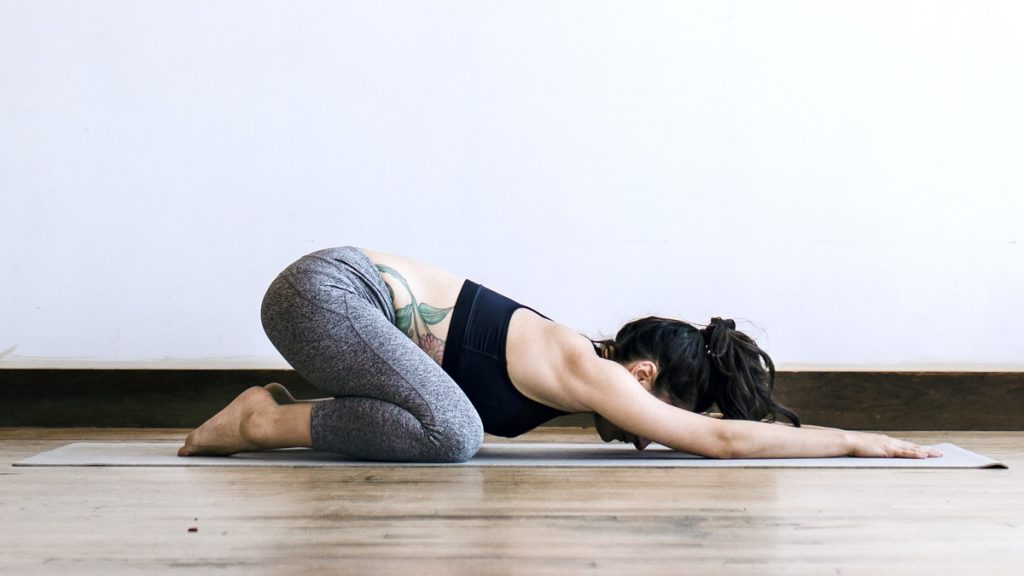
For those who suffer from back pain, the feeling of discomfort each time you stand up or bend over will be all too familiar. Unfortunately, when this pain starts getting in the way of daily activities, particularly keeping fit and healthy, it can be a real drag. According to a report from the National Institute of Neurological Disorders and Stroke, an estimated 80 per cent of adults experience lower back pain at some point in their lives, and with its detrimental effect on work, working out, and leisure time too, it’s important to seek sustainable solutions.
Healthcare providers encourage people with lower back pain to get active since moving your back and keeping related muscles active can provide support and pain relief. With that in mind, here are 5 IDEAL exercises for managing back pain.
BEFORE WORKOUT: USE COPPER BACK BRACE
When performing any type of exercise, most especially those that include weights, using a copper fit back brace with compression can provide effective back support and avoid risk of injury. Indeed, such a brace can help reduce back pain when doing aerobic exercises, including cycling and running.
Some benefits of using a copper back include:
- Providing enough back support during exercise
- Wicking away moisture and sweat to avoid getting sweat-soaked
- Because of its anti-odour technology, it reduces the bad smell caused by germs
- Protection against ultraviolet rays
- Promoting better skin health
EXERCISES FOR BACK PAIN RELIEF
Now you’re wearing your copper back brace, and you’re sitting comfortably, here are 5 exercises which will help relieve that back pain of yours.
AEROBIC EXERCISES
Aerobic or cardio exercises help strengthen the cardiovascular system, from your lungs to your blood vessels. What’s more, such a workout elevates heart rate and helps you stay flexible and fluid. When carried out with proper posture, aerobic and cardio exercise can contribute to a holistic approach to back pain relief, by improving that blood flow to spinal structures. Here are some examples of some exercise in this field that can help reduce back pain:
- Walking and jogging: Keep a good pace and duration to avoid straining yourself too much. A 5 to 10-minute brisk walking or jogging is a good start, with incremental increases as your stamina and strength improves.
- Biking: Biking on both flat and smooth terrains is recommended for those who suffer from low back pain. Avoid frequent uphill cycling and rough roads as you don’t want to place undue strain on your back.
- Swimming: Because it’s a low impact aerobic exercise which relieves pressure on your joints, swimming is a great workout for back pain sufferers. That said, you should stick to strokes which require a twisted form. Backstroke is particularly good, since it keeps the back and shoulders in an ideal alignment.

PILATES
Pilates refers to a training routine that emphasises endurance, flexibility and strength. Many Pilates exercises are performed without using any special equipment, but you can still use an apparatus if you prefer.
Implementing some Pilates movements helps stretch and strengthen your abdominal core, which has a positive impact on your back. Don’t undertake a DIY approach here. An experienced instructor can help you choose the best Pilates movements as well as avoid those which may do damage to your back.
Here are some important considerations when doing Pilates:
- Start by learning the fundamental Pilates exercises
- Don’t skip deep breathing; this activates the supportive trunk core muscles
- Make sure that your back and abdominal muscles are mutually supportive. Support your back and engage your abs during these exercises
- Mimic a giraffe-like pose by keeping your shoulders down and the neck long, away from your ears
- Pay close attention to your balance and symmetry by making sure that your hips and shoulders are even
- Go slow and be gentle on yourself. Avoid doing anything that hurts

PARTIAL CRUNCHES
Crunches are a classic core-strengthening exercise that help fortify your lower back and related stomach muscles. It’s an ideal exercise for those with back pain and spondylosis.
Here’s how you can get the most out of doing partial crunches:
- Keep your feet flat and bend your knees while lying on your back
- Your hands should be behind your head and your arms crossed over your chest, raising your shoulders from the floor with tight stomach muscles
- While raising your shoulders, breathe out and avoid yanking your neck with your arms off the floor. Instead, lead with your elbows
- Hold it in position for one second, then lower yourself back to the floor in a fully controlled manner
- Make sure to repeat for eight to 12 repetitions
- Always follow the proper form to prevent excessive stress on your spine. Keep your tailbone, lower back and feet against the floor while exercising
HAMSTRING STRETCHES
While this exercise relieves the pain at the back of the leg, the pain in your lower back will also be relieved because this exercise also involves moving the leg muscles that support your back, most especially in your lower spine. You can use a fitness band or a towel to perform hamstring stretches at home, rather than devoting time at the gym to these stretches.
We hope these tips help you find peace with your back pain, and you can enjoy a healthy and happy life for many, many years to come!





